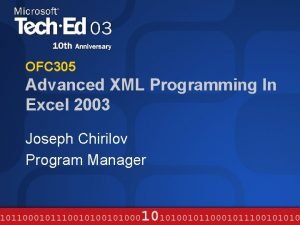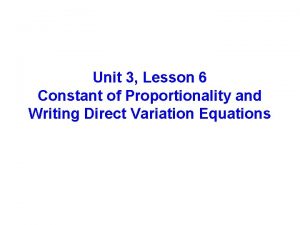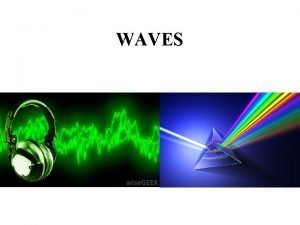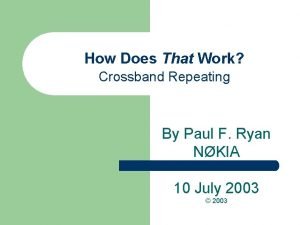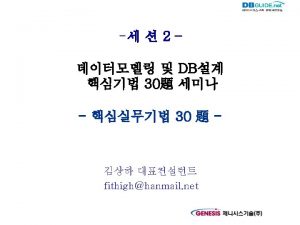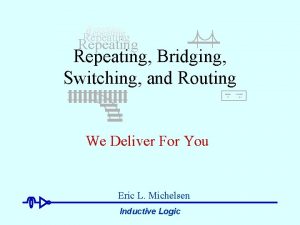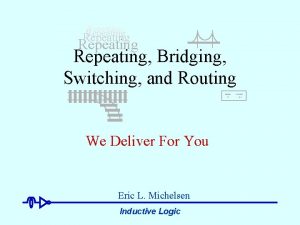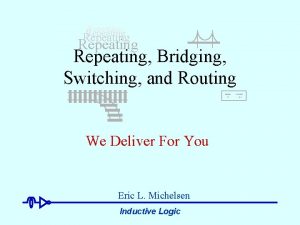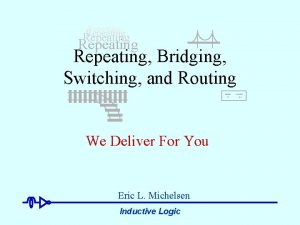Unit 7 Chance Variation Repeating with Excel Two









- Slides: 9

Unit 7: Chance Variation

Repeating with Excel

Two EV’s and two SE’s • Suppose we know the box (model) of a game, and we make many draws from the box with replacement (play the game many times). • What should we expect to get for a sum of draws (Expected Value of sum) and for the average of the draws (EV of avg)? • And how much variability should we expect in the sum (Standard Error of sum) and in the average (SE of avg)?



Formulas for EV’s • n = number of draws (plays) • EV for sum = n • (AV of box) • EV for avg = AV of box • Naturally, to get from values (EV and SE) for sum to values for avg, divide by n • EV for sum is clear enough

Formulas for SE’s • SE for sum = (SD of box) • √n • SE for avg = (SD of box)/√n • SE for sum takes some algebra. It gets larger as n gets larger, but only as √n. • So SE for avg actually gets smaller as n gets larger. • I don’t know why the authors decided to put the sum and avg formulas into different chapters. • Also, they always compute the SE for avg as SE for sum divided by n -- but it is the same. Honest!

SE’s of count and % → Law of Averages • If we repeat an experiment more and more times, – i. e. , as n gets larger • the fraction of times an event occurs will be closer to the probability of that event, – i. e. , SE for % gets smaller • but the difference (number of times event occurs) - (probability)(number of trials) is likely to go up – i. e. , SE for count gets larger

The usefulness of the SE With which game is one more likely to make ≥ $5 in 100 rounds? (a) Flip a coin: Win $1 if H, lose $1 if T. (b) Flip 2 coins: Win $(#H - #T). (a) EV = 0, SE = (1 -(-1))√[(. 5)]√ 100 = $10 (b) EV = 0, SE = √[((-2)2+2(0)2+(2)2)/4]√ 100 = $10√ 2 So in (a), $5 is z = (5 -0)/10 =. 5; in (b) $5 is z = (5 -0)/(10√ 2) ≈. 35. So winning ≥ $5 is more likely in (b).

